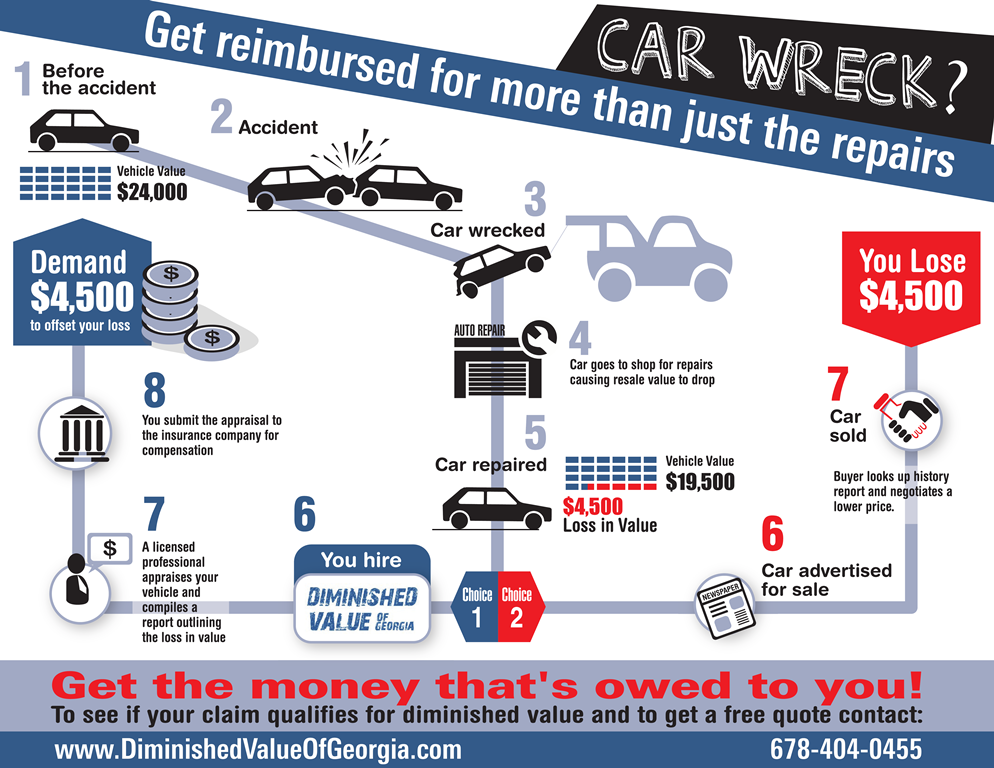Analyzing Your Vehicle'S Caution Indicators: What They Really Communicate
Analyzing Your Vehicle'S Caution Indicators: What They Really Communicate
Blog Article
Write-Up Produced By-Sykes Kejser
When you're behind the wheel, those beautiful warning lights on your control panel can be a bit puzzling. Do you recognize what they're trying to tell you about your car's health and wellness? Comprehending the value of these lights is crucial for your safety and security and the longevity of your automobile. So, the next time one of those lights turns up, would not you want to decipher its message accurately and take the essential steps to address it?
Common Caution Lighting and Interpretations
Identify typical caution lights in your automobile and recognize their significances to make sure risk-free driving.
The most normal warning lights include the check engine light, which indicates problems with the engine or discharges system. If this light begins, it's vital to have your lorry checked quickly.
The oil pressure alerting light indicates reduced oil pressure, needing immediate attention to avoid engine damages.
A blinking battery light may recommend a damaged billing system, possibly leaving you stranded otherwise dealt with.
The tire stress tracking system (TPMS) light notifies you to low tire stress, influencing lorry security and gas effectiveness. Disregarding this could bring about dangerous driving problems.
The ABS light indicates a trouble with the anti-lock braking system, compromising your ability to quit promptly in emergencies.
Finally, the coolant temperature level warning light warns of engine overheating, which can cause extreme damage if not dealt with swiftly.
Understanding detailingauckland will help you resolve problems quickly and keep risk-free driving problems.
Value of Prompt Focus
Understanding the typical warning lights in your auto is just the first step; the value of without delay attending to these cautions can not be highlighted sufficient to ensure your safety on the road.
When a caution light illuminates on your control panel, it's your auto's means of interacting a prospective concern that needs attention. Neglecting these cautions can cause much more serious issues down the road, compromising your safety and security and potentially costing you more out of commission.
Motivate focus to advising lights can avoid failures and crashes. For example, a blinking check engine light might suggest a misfire that, if left unattended, might cause damage to the catalytic converter. Addressing this without delay can conserve you from a pricey repair work.
Likewise, a brake system advising light could signal reduced brake fluid or worn brake pads, important components for your safety and security when driving.
Do It Yourself Troubleshooting Tips
If you discover a caution light on your dashboard, there are a few DIY repairing ideas you can attempt before looking for expert help.
The first step is to consult your cars and truck's handbook to comprehend what the specific warning light indicates. Often the issue can be as straightforward as a loose gas cap activating the check engine light. Tightening the gas cap might solve the issue.
An additional typical concern is a low battery, which can set off different cautioning lights. Examining the battery links for corrosion and ensuring they're protected might fix the problem.
If a caution light persists, you can attempt resetting it by separating the automobile's battery for a couple of minutes and then reconnecting it. In addition, examining your vehicle's liquid degrees, such as oil, coolant, and brake fluid, can assist fix warning lights related to these systems.
Verdict
In conclusion, recognizing your car's warning lights is necessary for maintaining your vehicle running efficiently and safely. By quickly resolving these notifies and understanding what they suggest, you can stay clear of pricey repairs and potential malfunctions.
Keep in mind to consult your vehicle's manual for particular details on each cautioning light and take action appropriately to guarantee a trouble-free driving experience.
Stay educated, stay headlight polishing service on the road!
